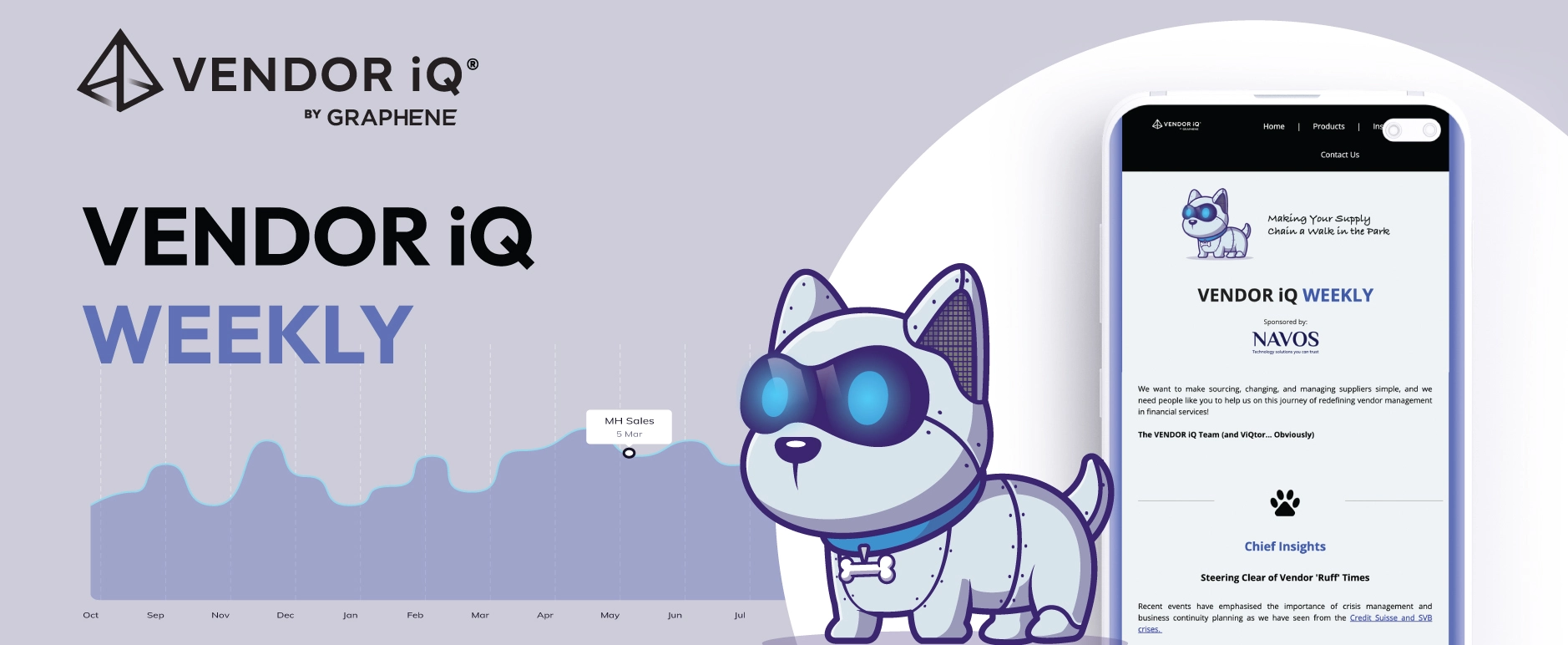Mitigating People Risk for DORA Compliance: Strengthening Operational Resilience
In the rapidly evolving world of financial services, the Digital Operational Resilience Act (DORA) stands as a cornerstone of regulatory compliance. Designed to safeguard the digital infrastructure of organisations, DORA focuses on ensuring that financial institutions can weather disruptions, secure data, and maintain operational resilience. However, one often overlooked threat to this resilience isn’t a technical one—it’s people.
Human vulnerabilities can undermine even the most sophisticated systems. So, how do we address the human factor in DORA compliance?
The Human Element: A Hidden Risk to Digital Resilience
While digital systems and automated processes form the backbone of operational resilience, people still manage, maintain, and access these systems. However, humans are inherently unpredictable. Employees go on holiday, fall ill, or leave the company unexpectedly. When key personnel who possess vital knowledge about your digital infrastructure are absent or unavailable, operations can come to a grinding halt.
For example, imagine an SME (Subject Matter Expert) who holds exclusive knowledge of a critical system leaves the organisation. The system remains functional, but without that person’s expertise, the business cannot access or utilise it efficiently. This gap in knowledge represents a serious risk to DORA compliance, as it can result in operational disruptions, delayed responses to incidents, and compromised resilience.
Mitigating Human Risk: Process Mapping and Automation
Fortunately, there are ways to mitigate the human risk factor in digital operations. Two key methods include process mapping and automation.
1. Process Mapping
Process mapping involves the detailed documentation of workflows, tasks, systems, and stakeholders involved in each key operation. This ensures that critical knowledge is shared and easily accessible to anyone who needs it, even if key personnel are unavailable.
When a process is mapped, organisations can:
- Maintain consistent knowledge of essential operations
- Easily refer to documented workflows in the event of staff loss or absence
- Mitigate the dependency on a single individual’s knowledge
- Improve efficiency and ensure that processes continue seamlessly
By defining these processes, businesses are not only securing operational resilience but are also laying the groundwork for automation.
2. Process Automation
Once processes are clearly mapped and understood, the next step is automation. Automation reduces reliance on human intervention by having systems take over certain tasks, ensuring consistency, accuracy, and efficiency.
- Partial automation: Guided processes provide clear steps and checklists for staff to follow, ensuring all tasks are completed correctly. This maintains human oversight while streamlining workflows.
- Full automation: These processes run without human input, completing tasks automatically and reducing the likelihood of human error. Automated systems can trigger alerts, generate reports, and escalate issues, ensuring that operations remain resilient even when personnel are unavailable.
Automation helps capture institutional knowledge, eliminates inefficiencies, and builds a foundation for continuous improvement. Moreover, it significantly reduces the impact of human error on operational resilience.
Enhancing Security Through Automation
In addition to process efficiency, automation plays a crucial role in improving security. Privileged users—those with access to sensitive data and systems—are among the top targets for cyber-attacks. Automating access management and limiting human interaction with sensitive data mitigates this risk.
Automation ensures that:
- Access to data and systems is restricted to authorised users, reducing the chances of human error or negligence.
- Credentials are handled by automated systems, meaning users no longer need access to sensitive passwords, which can be compromised.
- Privileged access is granted and revoked in line with policy, preventing lapses in security that could jeopardise DORA compliance.
By reducing the risk of human error and strengthening access controls, organisations can better protect their systems and data, ensuring compliance with DORA’s stringent operational resilience requirements.
Addressing the Human Factor in DORA Compliance
While DORA focuses on digital resilience, addressing the human element is just as critical. By employing process mapping and automation, financial services firms can safeguard their operations against human vulnerabilities. These strategies not only reduce risks but also enhance efficiency, enabling organisations to meet DORA’s regulatory demands while remaining competitive in the marketplace.
VENDOR iQ offers cutting-edge solutions to help financial institutions navigate these challenges. With our data-centric approach, we empower organisations to automate key processes, manage supply chain risks, and ensure regulatory compliance. Let us help you strengthen your operational resilience and maintain DORA compliance.





